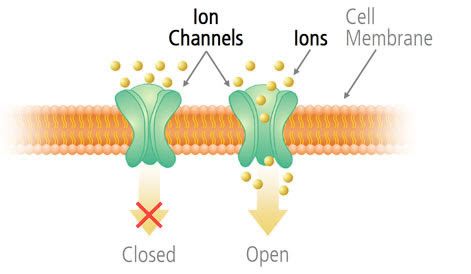為什麼子宮內膜簡單刮一下就可以增加胚胎著床?增加試管嬰兒成功懷孕呢?ion
2014.06.07
為什麼子宮內膜簡單刮一下就可以增加胚胎著床?
2014年3月有一份登在《人類生殖期刊》的研究,
研究中發現,這些離子通道在調整子宮內膜接受胚胎時,
子宮內膜刺激術,試管嬰兒懷孕率高達百分之一百的秘密武器!
子宮內膜刺激術,試管嬰兒懷孕率高達百分之一百的秘密武器!

Hum Reprod Update. 2014 Mar 2. [Epub ahead of print]
Ion channels in the endometrium: regulation of endometrial receptivity and embryo implantation.
Abstract
BACKGROUNDAlthough embryo implantation is a prerequisite for human reproduction, it remains a poorly understood process. The molecular mechanisms regulating endometrial receptivity and/or embryo implantation are still largely unclear
.METHODSPubmed and Medline literature databases were searched for articles in English published up to December 2013 with relevant keywords including 'endometrium', 'Na+, Cl-, K+, or Ca2+ channels', 'ion channels', 'endometrial receptivity', 'blastocyst implantation' and 'embryo implantation'
.RESULTSAt the time of writing, more than 14 types of ion channels, including the cystic fibrosis transmembrane conductance regulator, epithelial sodium channel and various Ca2+ and K+ channels, had been reported to be expressed in the endometrium or cells of endometrial origin. In vitro and/or in vivo studies conducted on different species, including rodents, pigs and humans, demonstrated the involvement of various ion channels in the process of embryo implantation by regulating: (i) uterine luminal fluid volume; (ii) decidualization; and (iii) the expression of the genes associated with implantation. Importantly, abnormal ion channel expression was found to be associated with implantation failure in IVFpatients.
CONCLUSIONS
Ion channels in the endometrium are emerging as important players in regulating endometrial receptivity and embryo implantation. Abnormal expression or function of ion channels in the endometrium may lead to impaired endometrial receptivity and/or implantation failure. Further investigation into the roles of endometrial ion channels may provide a better understanding of the complex process of embryo implantation and thus reveal novel targets for diagnosis and treatment of implantation failure.






